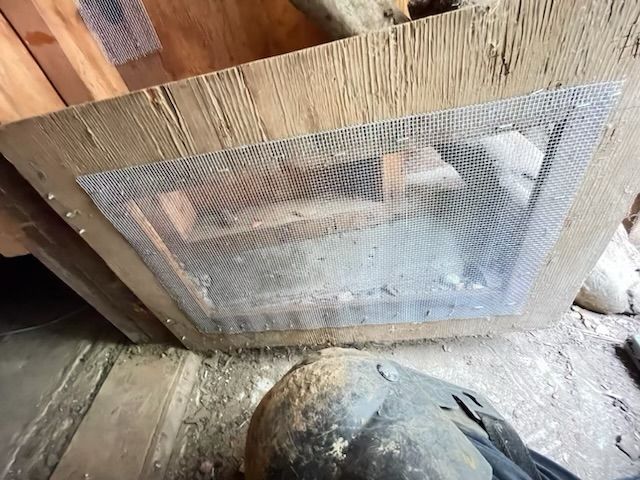Spray Foam Insulation Vs Blow-In Insulation: Which Is The Best For Your Home
A good insulation system not only maintains the temperature of your home but also saves some extra bucks on the energy bills. However, it is essential to determine which type of insulation will work best for your living, as there is a wide variety of insulation available in the market.
In this blog, we will shed light on spray foam and blow-in insulation which are among the most popular insulation systems.
About Spray Foam Insulation
Polyurethane foam or spray foam is an insulation material known for its sustainability. Just like the name suggests, it’s a spray-based material that is sprayed on the insulation. It is industry’s one of the finest and most preferred insulation materials favored for its R-Value per inch thickness. The best part is that the material will not easily corrode over time, and has the ability to retain all its properties extending its longevity.
About Blow-In Insulation
It’s a loose-fill insulation system where joist cavities and walls are filled with loose materials that have good R-Value. Some of the most popular blow-in insulation materials are cellulose, loose-fill fiberglass, Rockwool, etc. It depends on the requirements to pick the correct material for insulation. Blow-in works ideally for attic floors and ceilings where a sturdy and durable insulation material is required.
Spray Foam Vs Blow-In Insulation
Let’s compare both the methods and access their benefits on the grounds of some quality parameters.
Durability & Lifespan
Compared to blow-in, spray foam insulation provides better longevity. It is the ideal energy-efficient and durable insulation method where you can expect extended life. To be precise, spray foam insulation installed by professionals like the experts at Eco Attic Systems can last up to a century. On the other hand, cellulose or loose-fill fiberglass in Blow-in insulation can retain up to 15 years or so.
R-Value
One of the major deciding factors is the R-Value of the insulation which is a standard for measuring the strength of blocking air leakage and heat flow. The thumb rule is that the higher the R-Value, the lesser the energy bills. Blow-in insulation materials have an R-value ranging from R-2.3 to R-4.3. Spray foam, on the other hand, provides a whopping R-Value range from R-3.7 to R-6.7.
Versatility
In terms of versatility, both spray foam and blow-in insulation stand on a similar platform as they are flexible enough to fill any possible gap. However, it is important to seek assistance from professional insulation service providers who can commit to a clean job without leaving any scope for regrets. For instance, Eco Attic Systems where you can avail utmost safety and satisfaction in the work.
Energy Efficiency
Both spray foam and blow-in insulation are energy efficient. If we talk in numbers, blow-in insulation can save as much as 25% on energy bills. But spray foam can surprise you on this front, as it can decrease your energy bills to a maximum of 40%. Spray foam creates a reliable air barrier which eventually saves the energy consumed in preventing air leakage.
The Bottom Line
The insulation system brings energy efficiency and comfort to the living space. Deciding between spray foam and blow-in insulation is not intimidating as long as you know the requirements of your home. Now that we have acquainted you with the basic difference between both the methods, the decision will be easier to make.
For professional and reliable home insulation services in Corte Madere and surrounding areas, you can connect with
Eco Attic System. The
#1 insulation installation service providers in California who guarantee quality work at affordable rates.
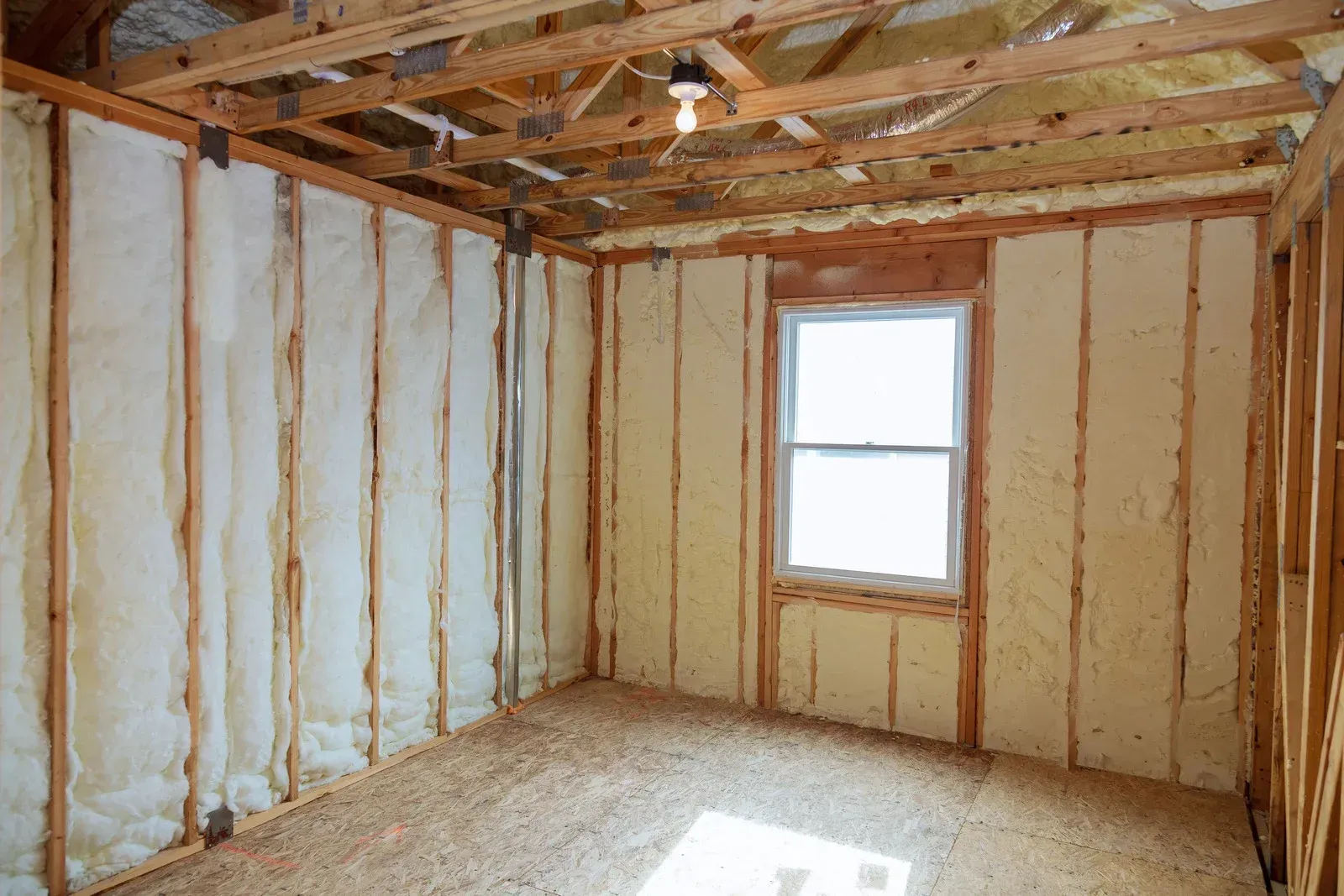



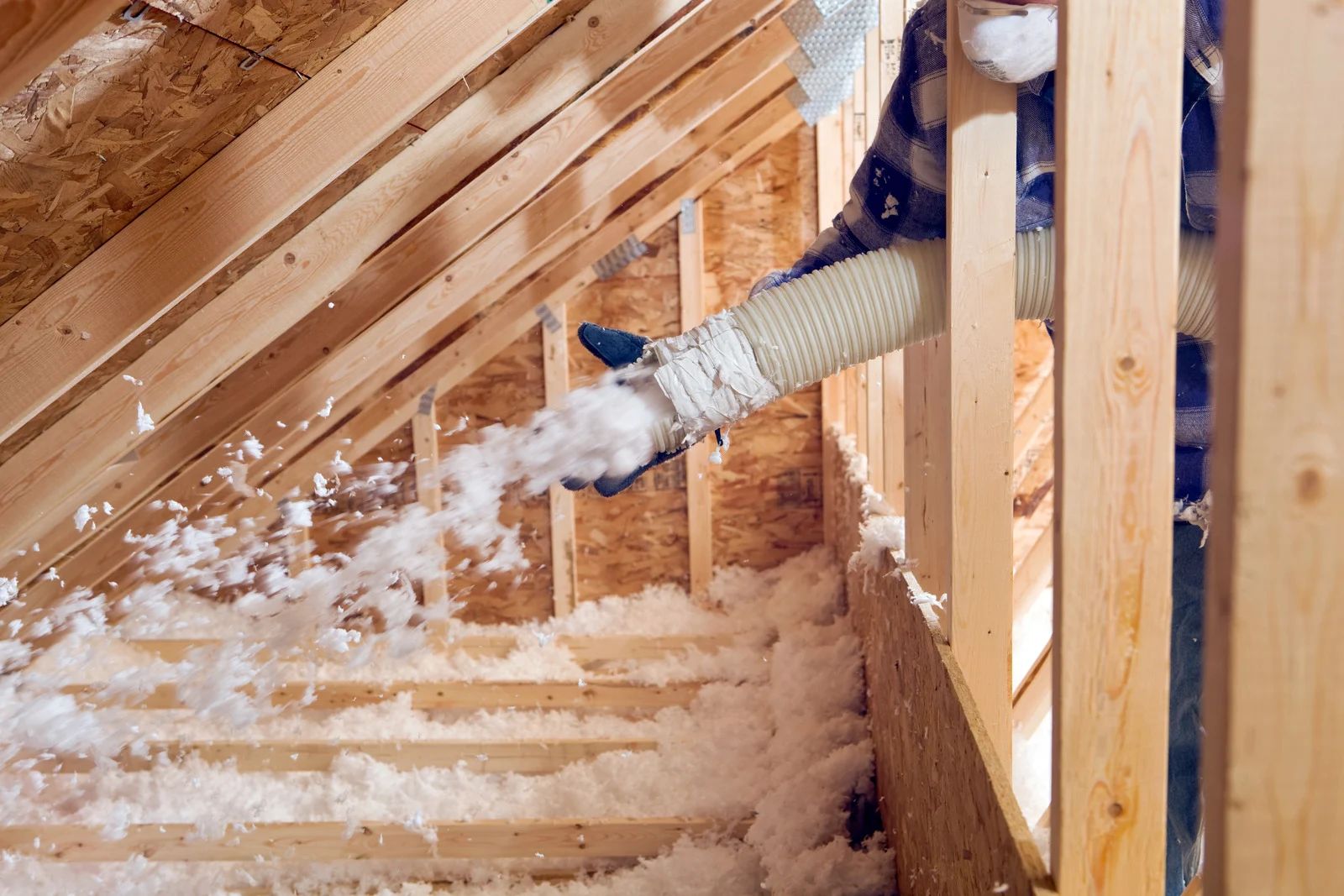
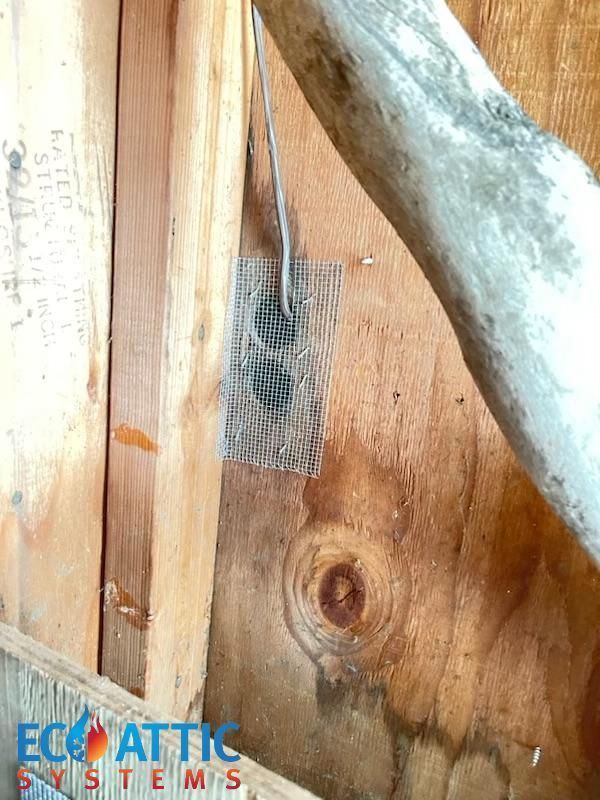
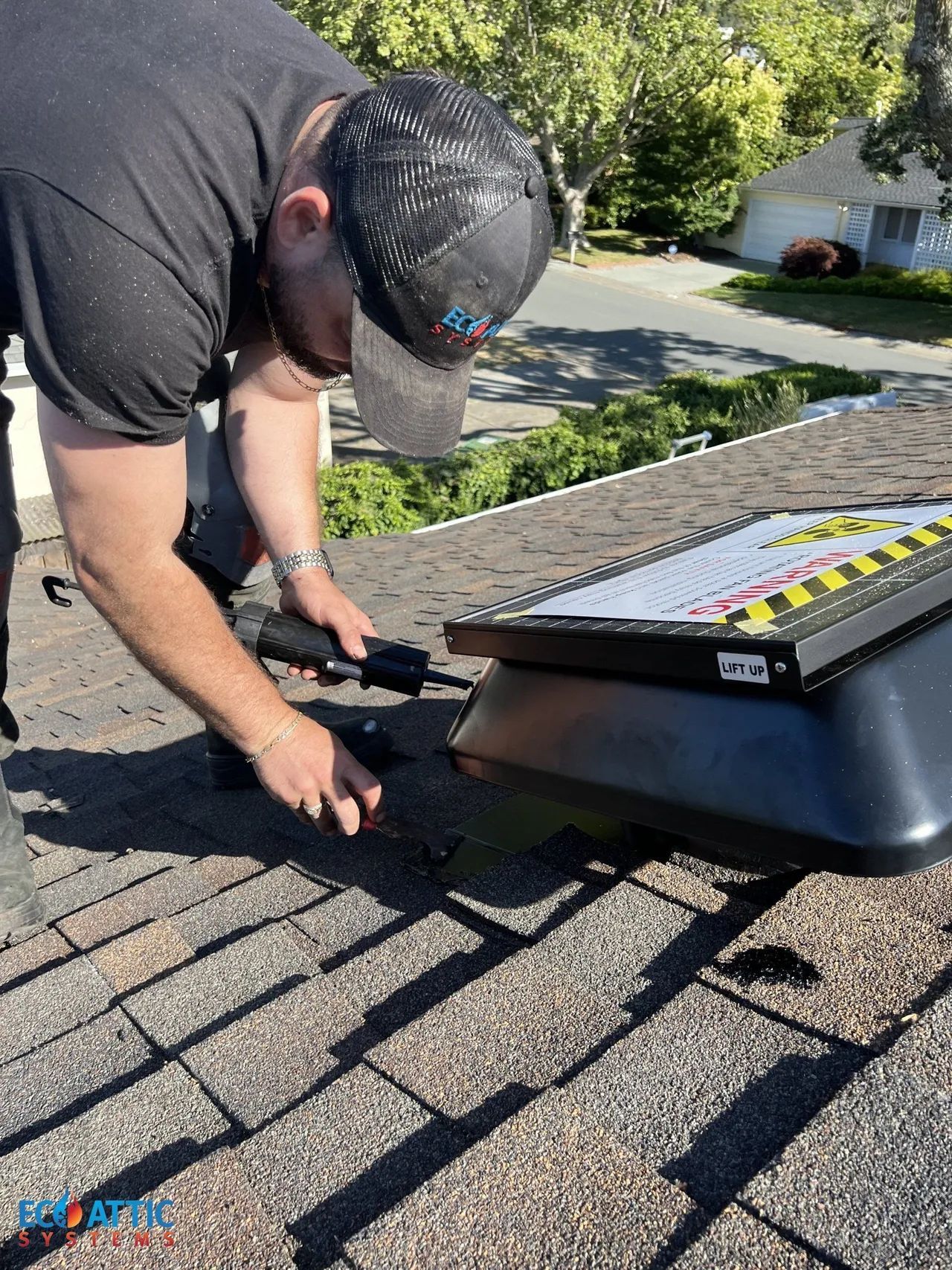
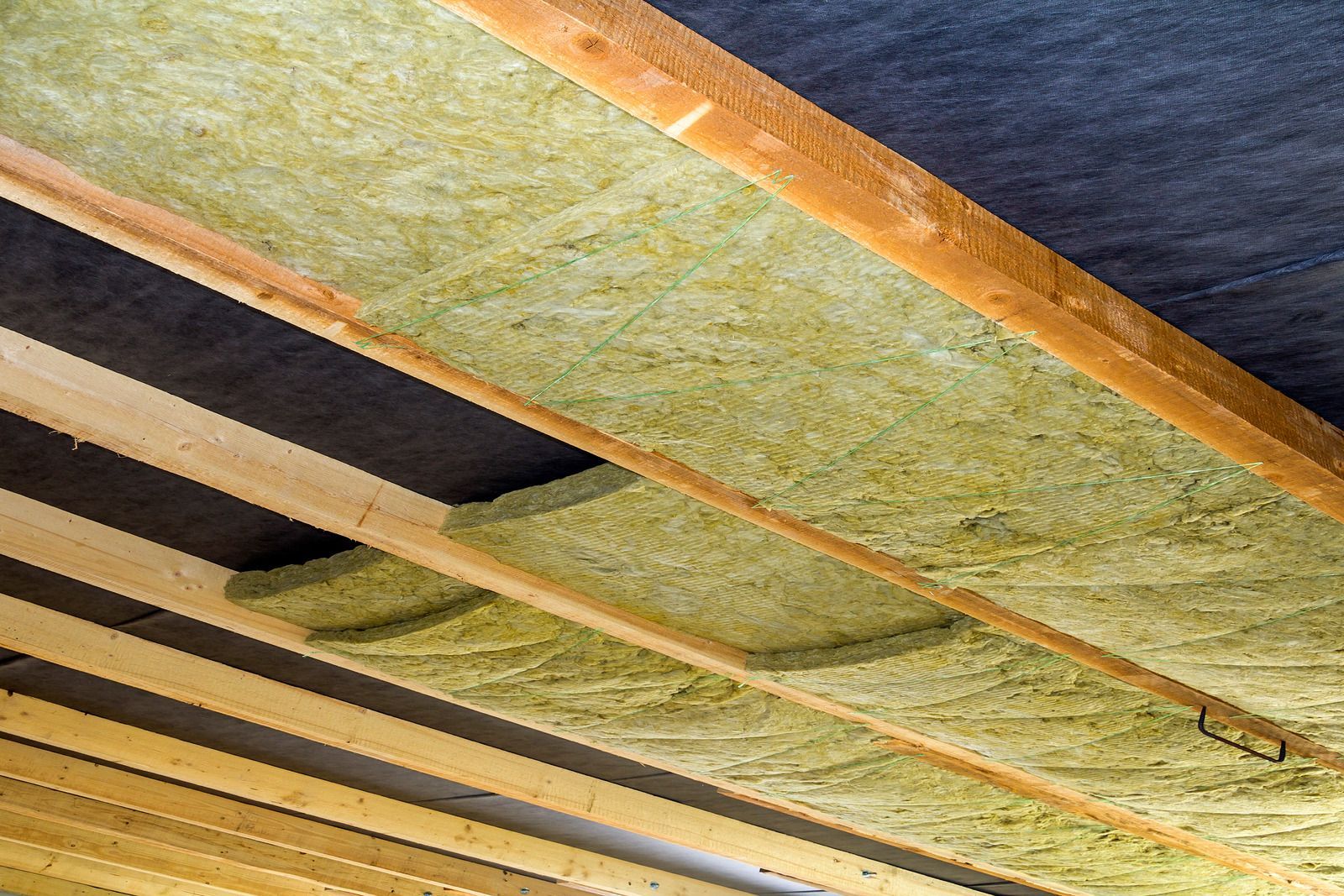
Send us a Message
Have a question? We’re here to help. Send us a message and we’ll be in touch.
We will get back to you as soon as possible.
Please try again later.
Business Locations
Areas We Serve
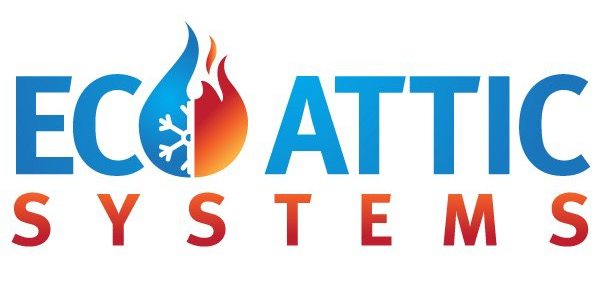
Main Office
400 Tamal Plz Ste. 409, Corte Madera, CA 94925
Business Hours
- Mon - Fri
- -
- Saturday
- -
- Sunday
- Closed
All Rights Reserved | Eco Attic Systems
